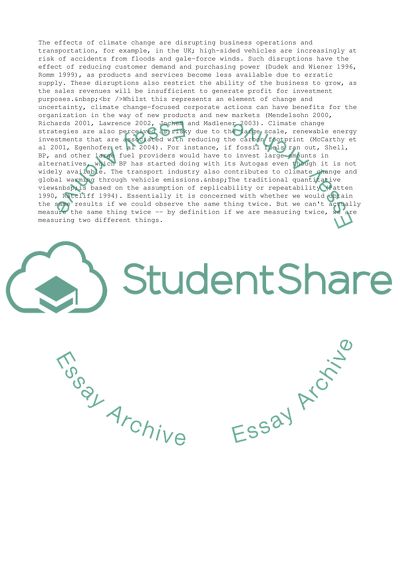Cite this document
(Business and Climate Change Assignment Example | Topics and Well Written Essays - 2500 words - 1, n.d.)
Business and Climate Change Assignment Example | Topics and Well Written Essays - 2500 words - 1. https://studentshare.org/business/1705982-to-design-a-research-investigation-based-around-a-strategic-issue-in-organisations
Business and Climate Change Assignment Example | Topics and Well Written Essays - 2500 words - 1. https://studentshare.org/business/1705982-to-design-a-research-investigation-based-around-a-strategic-issue-in-organisations
(Business and Climate Change Assignment Example | Topics and Well Written Essays - 2500 Words - 1)
Business and Climate Change Assignment Example | Topics and Well Written Essays - 2500 Words - 1. https://studentshare.org/business/1705982-to-design-a-research-investigation-based-around-a-strategic-issue-in-organisations.
Business and Climate Change Assignment Example | Topics and Well Written Essays - 2500 Words - 1. https://studentshare.org/business/1705982-to-design-a-research-investigation-based-around-a-strategic-issue-in-organisations.
“Business and Climate Change Assignment Example | Topics and Well Written Essays - 2500 Words - 1”. https://studentshare.org/business/1705982-to-design-a-research-investigation-based-around-a-strategic-issue-in-organisations.


